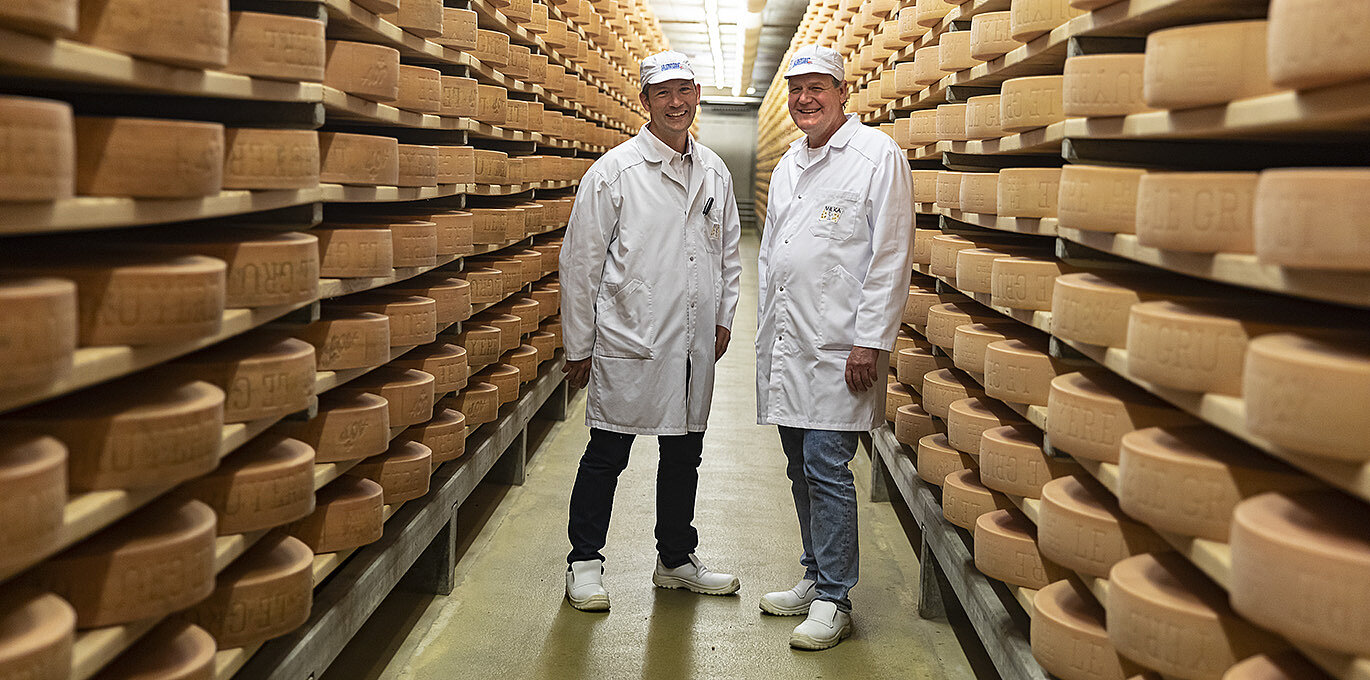Exploring Melbourne Made Cheese: Why Floridia Cheese Is a Must-Try
Exploring Melbourne Made Cheese: Why Floridia Cheese Is a Must-Try
Blog Article
Unlocking the Tricks of Artisanal Cheese Making: A Detailed Do It Yourself Guide
In the world of cooking workmanship, artisanal cheese making stands as a testimony to the fragile equilibrium in between custom and advancement. As we get started on this journey to debunk the art of producing elegant cheeses, we are encountered with a tapestry of abilities and keys waiting to be unwinded.
Choosing the Right Milk
When getting started on the journey of artisanal cheese making, the selection of milk plays an important role in establishing the top quality and attributes of the final item. The type of milk picked impacts the taste, structure, and overall account of the cheese.
Furthermore, the resource of the milk, whether from cows, goats, sheep, or buffalo, contributes distinct tastes and qualities to the cheese. Each type of milk brings its own subtleties, enabling for a broad variety of cheese varieties to be crafted based on the chosen milk.
Culturing and Coagulating
To launch the cheese-making process, the important steps of culturing and coagulating must be meticulously implemented to change milk into curds and whey. Culturing involves presenting helpful microorganisms to the milk, which after that begins the fermentation procedure. These germs convert lactose (milk sugar) into lactic acid, producing the acidic atmosphere required for coagulation. The type of society utilized can dramatically impact the flavor, structure, and ripening of the final cheese product.

The timing and temperature control during culturing and coagulation are crucial factors that affect the final end result of the cheese. Proper implementation of these steps is essential to make certain the preferred texture, taste, and consistency of the artisanal cheese being generated.
Draining and Pressing Curds
After the milk healthy proteins have coagulated and the curds have actually been cut to launch whey, the next crucial action in artisanal cheese making involves draining pipes and pushing the curds to accomplish the wanted structure and uniformity of the final cheese item. Draining is the procedure of dividing the curds from the whey. This can be done by transferring the curds right into a cheesecloth-lined colander or mold and mildew and permitting the whey to drain off normally. The time for draining pipes can vary depending upon the sort of cheese being made and the wanted moisture material.
When the curds have actually adequately drained, the following step is pushing. Pushing aids eliminate any remaining whey and compacts the curds to develop a strong cheese wheel. Pushing can be done using specialized cheese presses that apply consistent and mild stress over a period of time. The duration and stress used during pushing will certainly influence the final sites texture of the cheese, from velvety and soft to tough and company. Correct pushing and draining pipes are vital actions that considerably affect the high quality and attributes of the artisanal cheese being generated.
Aging and Flavor Strategies
Applying precise aging and flavor methods is pivotal in improving the deepness and complexity of artisanal cheeses, boosting their taste accounts to beautiful degrees of improvement and elegance. Aging plays a crucial function in creating the distinct tastes and appearances that differentiate artisanal cheeses.
Seasoning techniques also add significantly to the final preference of artisanal cheeses. Cheesemakers might choose to introduce extra tastes by including ingredients such as herbs, seasonings, and even fruits into the cheese throughout the manufacturing process. Furthermore, some cheeses are cleaned or massaged with numerous liquids, such as brine or alcohol, to improve their appearances and tastes.
Covering and Storing Cheeses

Verdict
To conclude, understanding the art of artisanal cheese making includes carefully choosing the appropriate milk, complying with specific culturing and coagulating processes, draining pipes and pushing curds successfully, and making use of various aging and flavor strategies. By following these actions diligently and with interest to information, you can develop your own tasty and one-of-a-kind cheeses at home. Keep in mind to cover and store your cheeses correctly to make certain optimal flavor and structure growth. find out here Happy cheese making!
Each kind of milk brings its very own subtleties, allowing for a wide range of cheese varieties to be crafted based on the selected milk.After the milk proteins have actually coagulated and the curds have been cut to launch whey, the following vital action in artisanal cheese making entails draining pipes and pushing the curds to accomplish the preferred appearance and uniformity of the final cheese product. Most cheeses should be covered in wax paper or cheese paper to permit them to breathe while protecting them from drying out. For cheeses that need to proceed her response aging, such as bloomy peels or cleaned rinds, ensure they are saved in a cool environment like a cheese cavern or a fridge set to the suitable temperature. By paying focus to the covering and storage space of artisanal cheeses, cheese makers and enthusiasts can maintain the stability of these delicacies and fully appreciate their intricate tastes.
Report this page